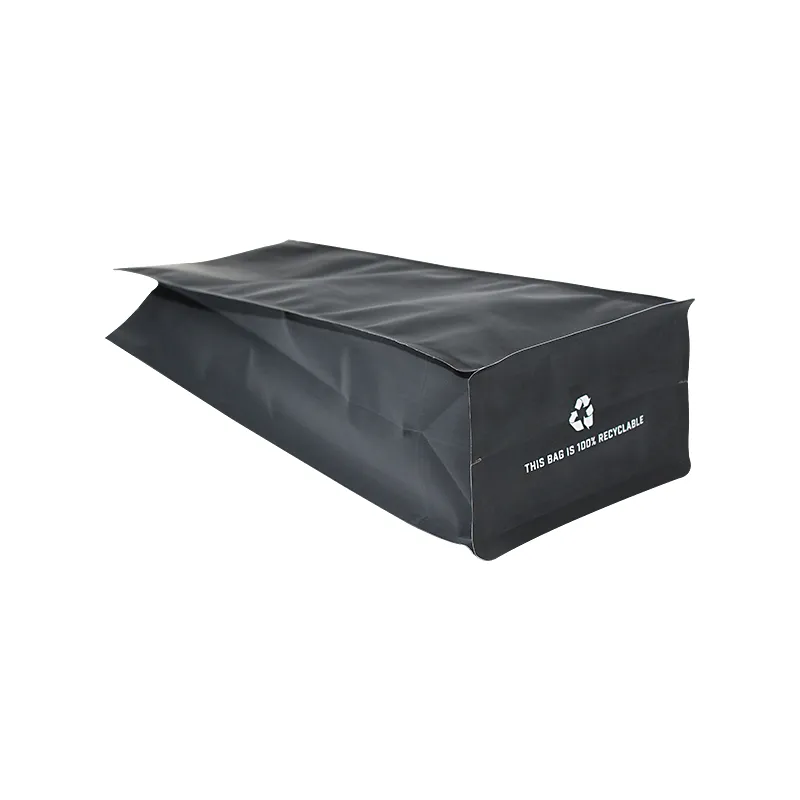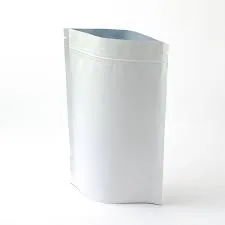- Afrikaans
- Albanian
- Amharic
- Arabic
- Armenian
- Azerbaijani
- Basque
- Belarusian
- Bengali
- Bosnian
- Bulgarian
- Catalan
- Cebuano
- chinese_simplified
- chinese_traditional
- Corsican
- Croatian
- Czech
- Danish
- Dutch
- English
- Esperanto
- Estonian
- Finnish
- French
- Frisian
- Galician
- Georgian
- German
- Greek
- Gujarati
- haitian_creole
- hausa
- hawaiian
- Hebrew
- Hindi
- Miao
- Hungarian
- Icelandic
- igbo
- Indonesian
- irish
- Italian
- Japanese
- Javanese
- Kannada
- kazakh
- Khmer
- Rwandese
- Korean
- Kurdish
- Kyrgyz
- Lao
- Latin
- Latvian
- Lithuanian
- Luxembourgish
- Macedonian
- Malgashi
- Malay
- Malayalam
- Maltese
- Maori
- Marathi
- Mongolian
- Myanmar
- Nepali
- Norwegian
- Norwegian
- Occitan
- Pashto
- Persian
- Polish
- Portuguese
- Punjabi
- Romanian
- Russian
- Samoan
- scottish-gaelic
- Serbian
- Sesotho
- Shona
- Sindhi
- Sinhala
- Slovak
- Slovenian
- Somali
- Spanish
- Sundanese
- Swahili
- Swedish
- Tagalog
- Tajik
- Tamil
- Tatar
- Telugu
- Thai
- Turkish
- Turkmen
- Ukrainian
- Urdu
- Uighur
- Uzbek
- Vietnamese
- Welsh
- Bantu
- Yiddish
- Yoruba
- Zulu
Types of Plastic for Packaging Food-Safe, Durable & Eco-Friendly Solutions
- Overview of Plastic Packaging Materials
- Technical Advantages of Primary Polymers
- Manufacturer Comparison: Performance & Applications
- Customization Strategies for Specific Needs
- Impact Statistics: Market Growth & Sustainability
- Industry-Specific Implementation Cases
- Future Trends in Plastic Packaging Solutions

(types of plastic for packaging)
Understanding Types of Plastic for Packaging
Modern packaging relies on seven primary polymer categories, each identified by resin identification codes (1-7). Polyethylene terephthalate (PET) dominates beverage containers with 58% market share in rigid packaging, while high-density polyethylene (HDPE) accounts for 34% of detergent and chemical containers. The global flexible packaging market, valued at $258.4 billion in 2023 (Grand View Research), increasingly adopts multilayer structures combining different plastics for enhanced barrier properties.
Technical Superiority in Material Science
Advanced polymer engineering enables tailored solutions:
| Material | Tensile Strength (MPa) | Moisture Barrier | Max Temp (°C) | Recyclability |
|---|---|---|---|---|
| LDPE | 10-20 | Moderate | 80 | Low |
| HDPE | 25-35 | High | 120 | High |
| PP | 30-40 | Excellent | 135 | Medium |
Manufacturer Competency Analysis
Key industry players demonstrate specialized capabilities:
| Company | Core Product | Oxygen Barrier (cc/m²/day) | Production Speed |
|---|---|---|---|
| Dow Chemical | PE-based Films | 1200-1500 | 450 m/min |
| Amcor | Multi-layer PP | ≤50 | 300 m/min |
| Sealed Air | PET/EVOH Structures | ≤5 | 250 m/min |
Customized Material Engineering
Specialized requirements drive innovation:
- Food-grade compliance: FDA-certified PP with 0.03mm thickness variation tolerance
- High-clarity applications: BOPP films achieving ≤2% haze index
- Conductive packaging: LDPE with carbon nanotube additives (10⁴-10⁶ Ω/sq surface resistance)
Market Dynamics and Environmental Impact
The industry faces dual pressures: 4.6% annual growth in flexible packaging demand versus increasing regulatory constraints. Post-consumer recycled (PCR) content usage grew 28% YoY, with leading brands committing to 30% PCR integration by 2025. Chemical recycling advancements now process mixed plastics at 85% efficiency, compared to 66% for mechanical methods.
Cross-Industry Application Scenarios
Practical implementations showcase material optimization:
- Pharmaceutical: Cold-formable PVC/Aluminum blisters with 0.05% moisture ingress over 24 months
- E-commerce: Anti-static PE mailers reducing damage claims by 19%
- Fresh Produce: Microperforated OPP films extending strawberry shelf life to 14 days
Innovations in Plastic Packaging Types
Emerging technologies promise 42% reduction in material usage through mono-material structures achieving equivalent barrier performance. Bio-based polymers now constitute 12% of new packaging developments, with PHA films demonstrating 180-day marine biodegradation. Smart packaging integrations utilizing conductive inks show 89% detection accuracy for freshness indicators.

(types of plastic for packaging)













